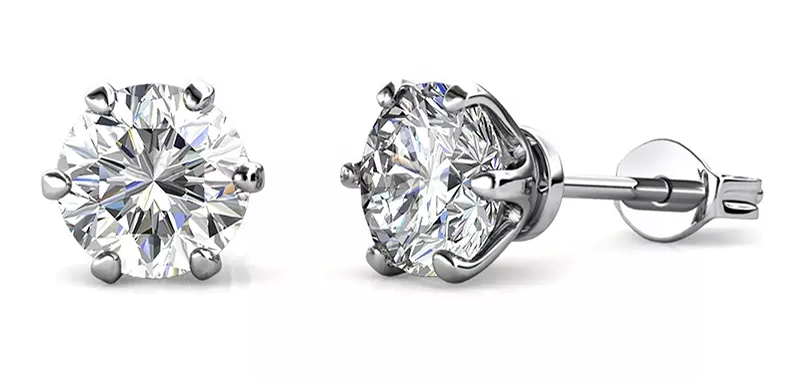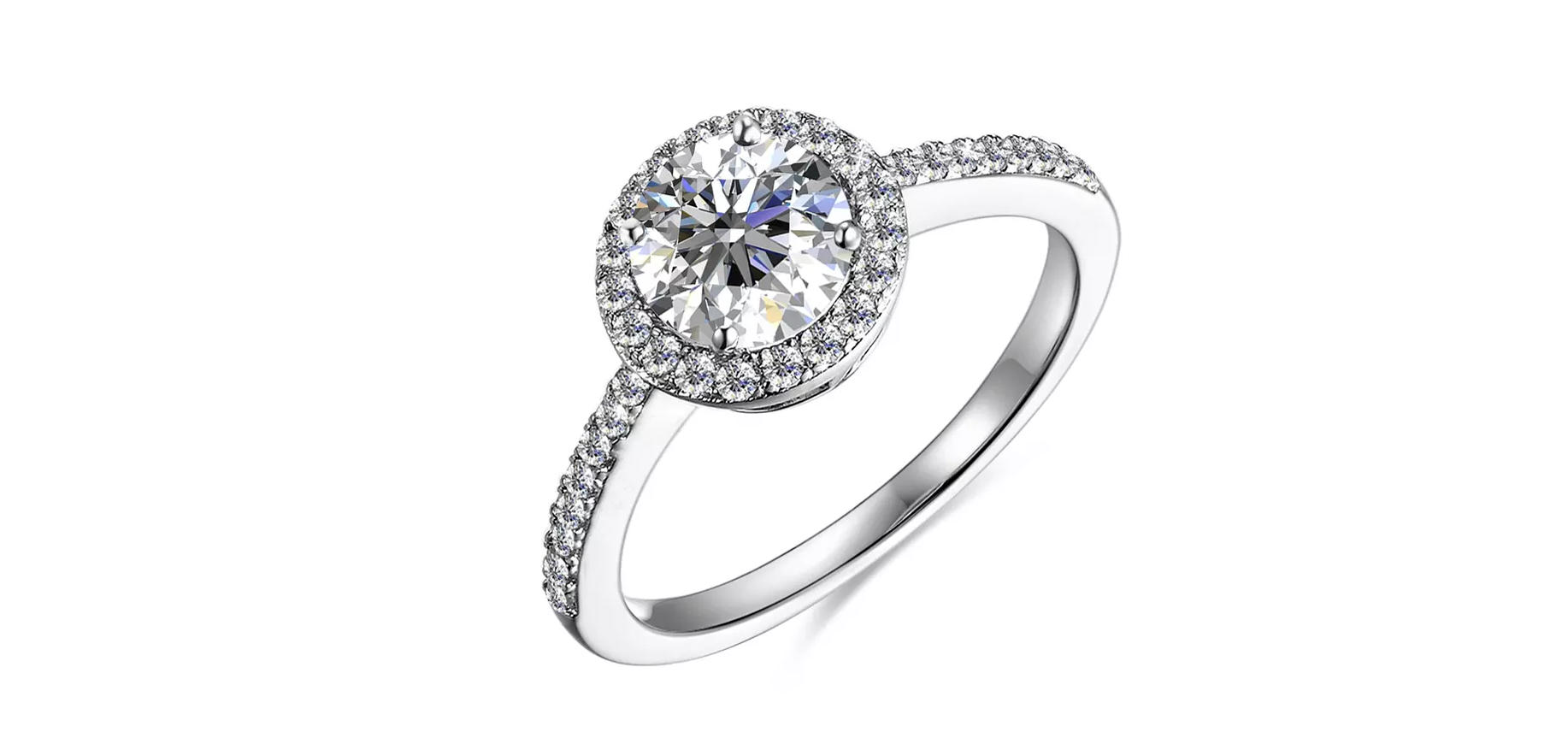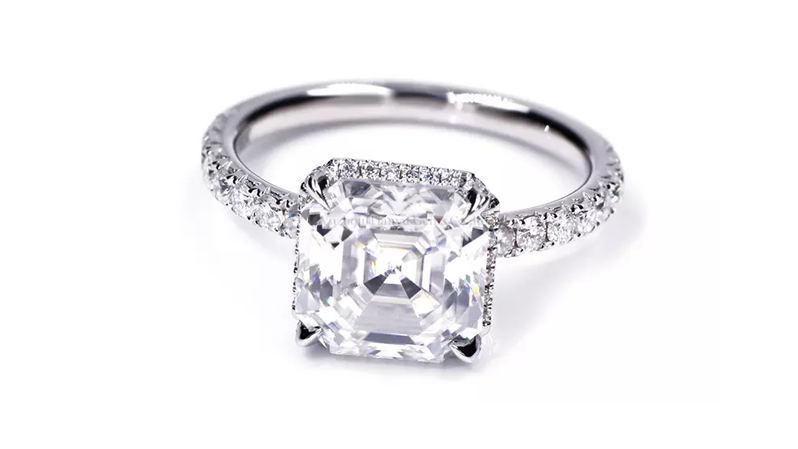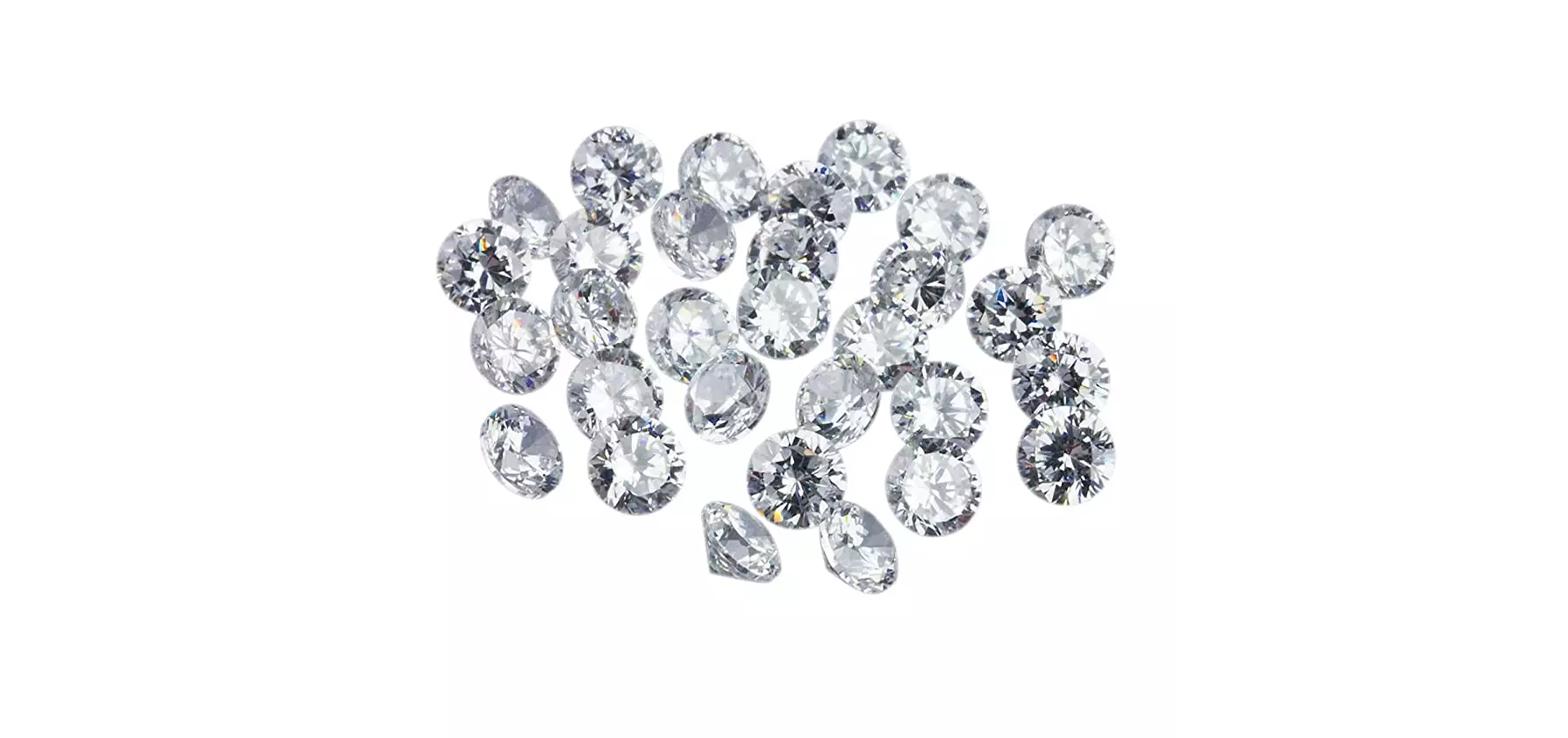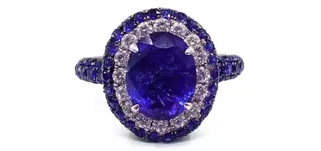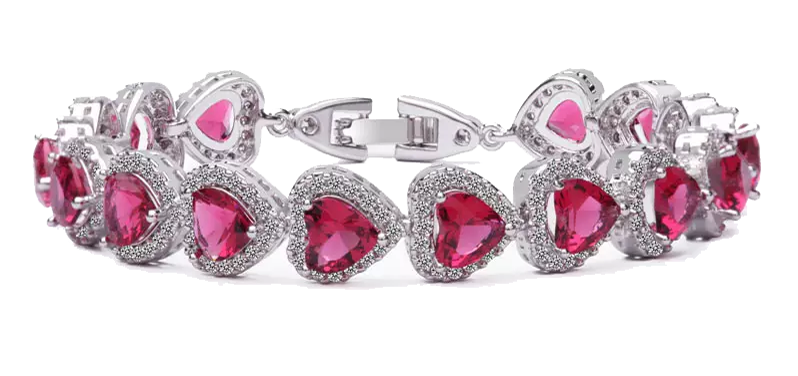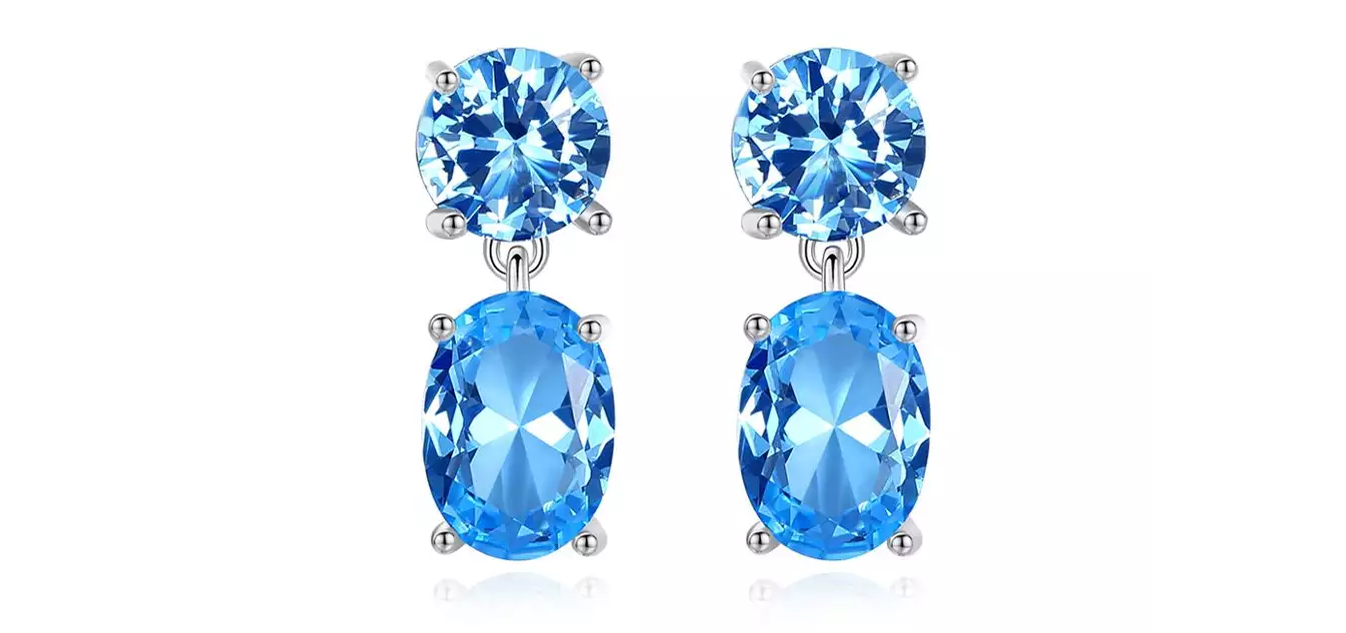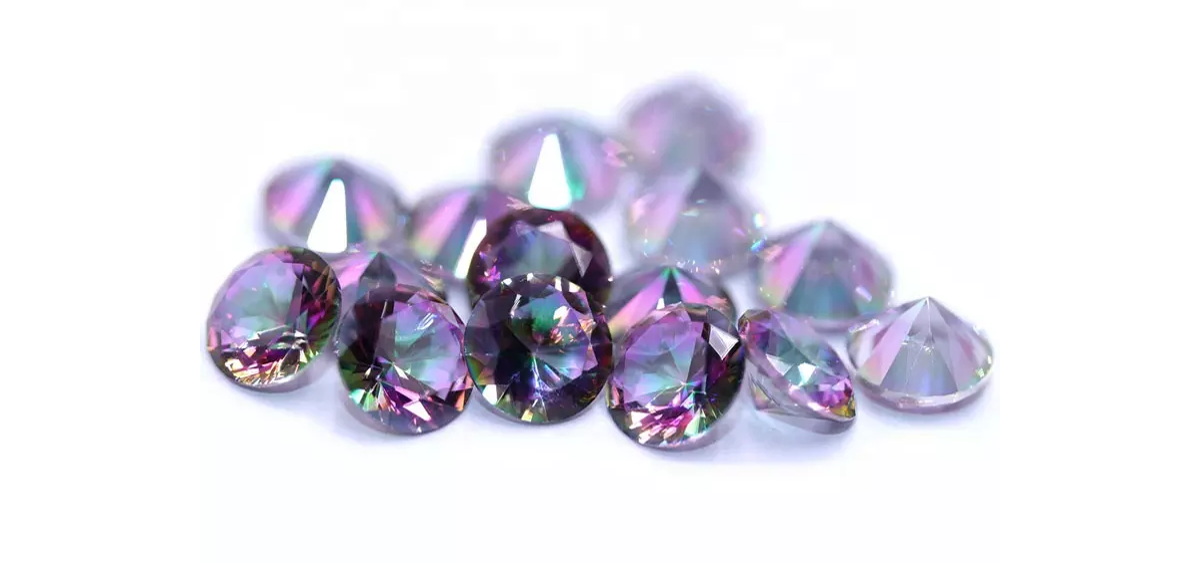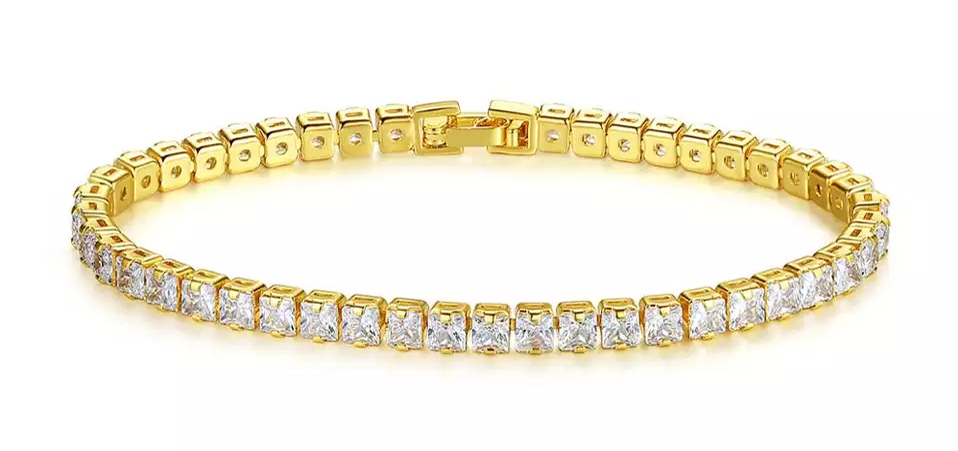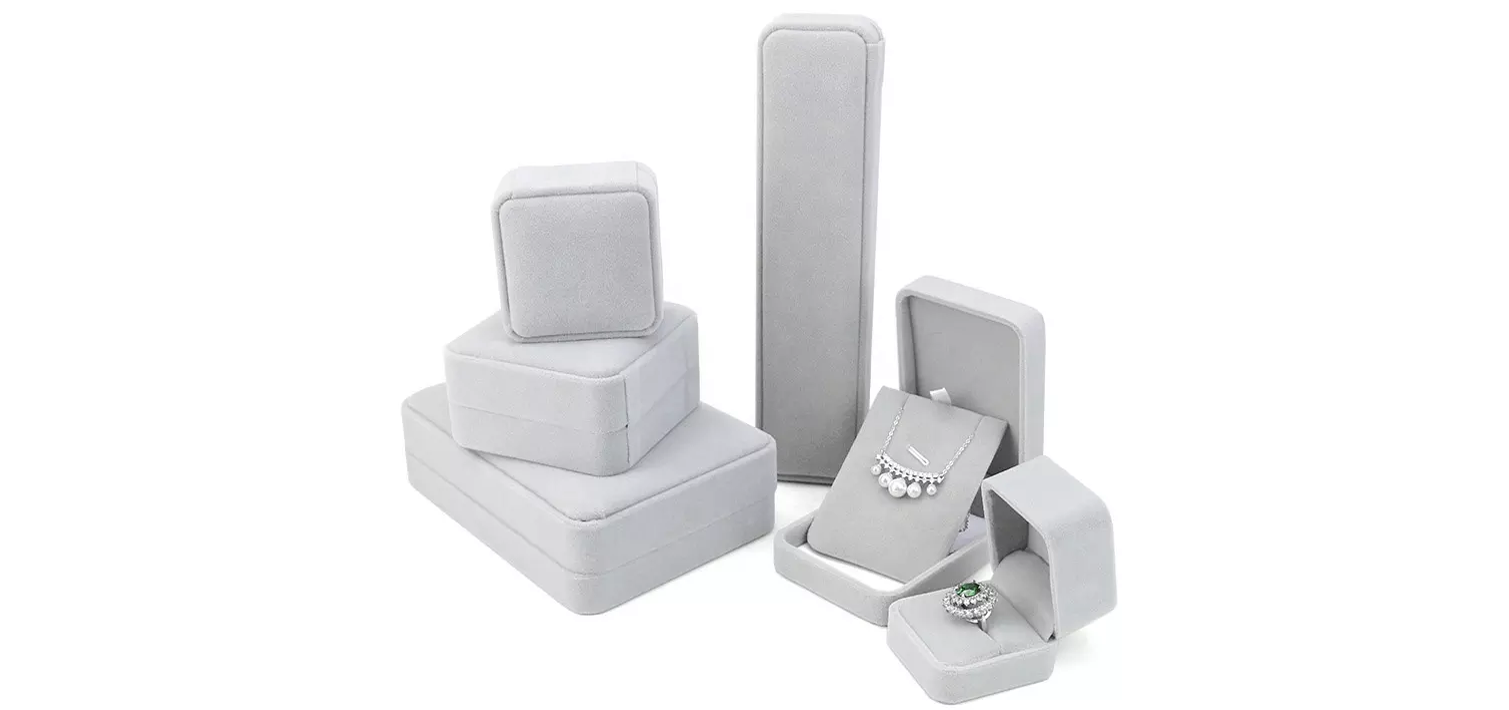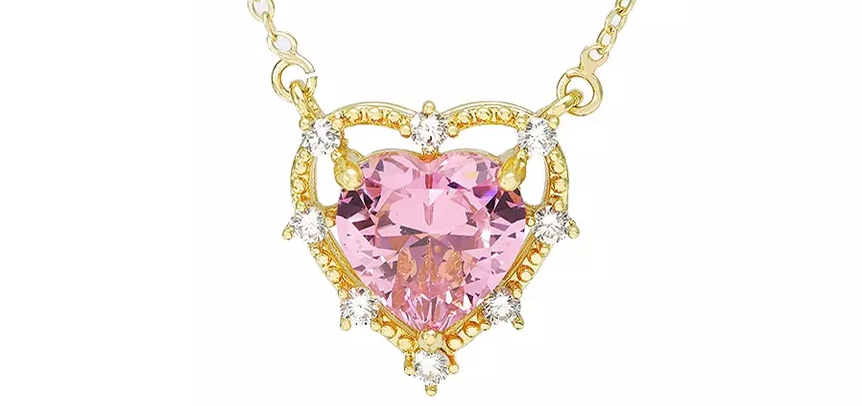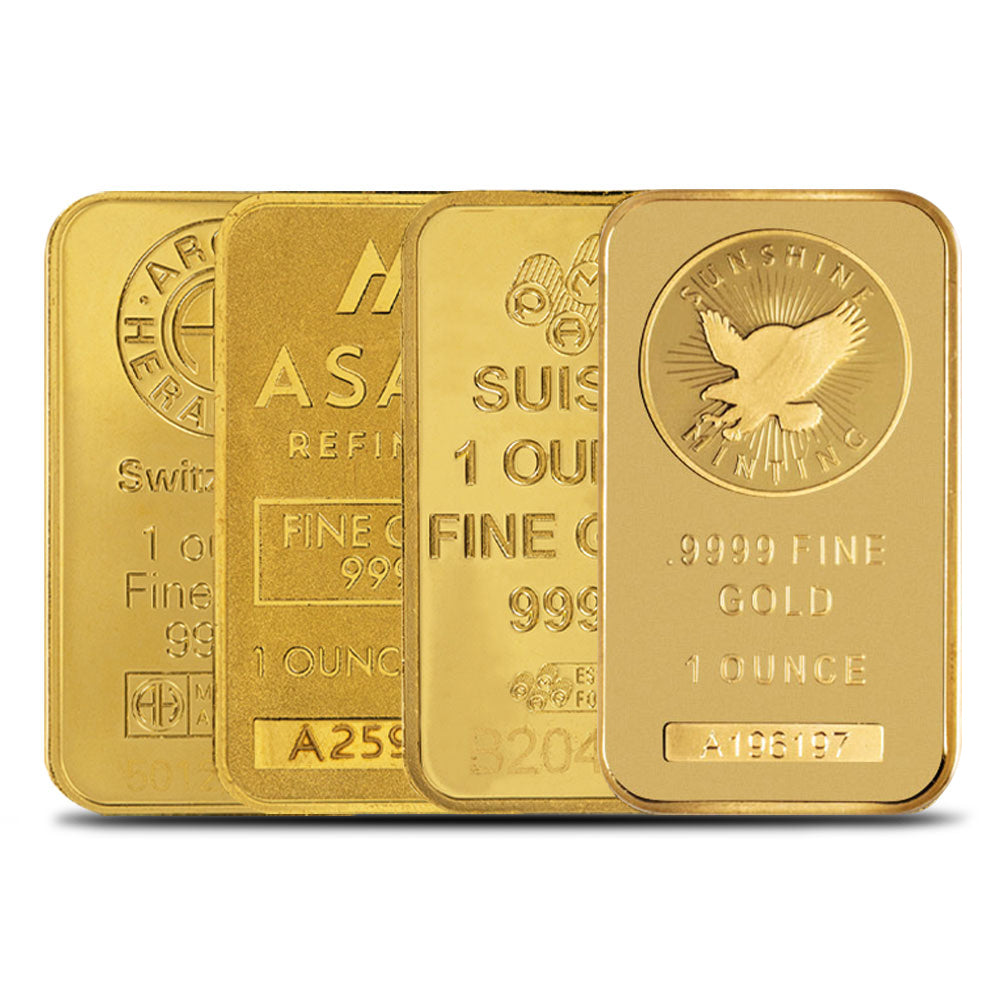Zircon Education
Not to be confused with Cubic Zirconia, Zircon is a naturally occurring and rare gemstone. Zircon closely resembles a Diamond more than any other natural gem. Colorless Zircon can be distinguished from Diamond by its strong double refraction and lower hardness. Zircon of all colors are used as gems, but blue, golden-brown, and white are the colors most often used. Blue Zircon, the most popular color, has a lively pastel blue, and occasionally has a very desirable striking bright blue color. Colorless Zircon is usually cut with a brilliant cut to bring out its fire to its fullest capability. Zircon often comes in the form of rings, because of there small size. Larger zircon gems are rare to find, but are excellent for bold designs, such as unique pendants or brooches. Blue zircon is very popular for rings and earrings, and colorless zircon is often used in bridal jewelry as a diamond substitute.
Cut
Zircon gemstones can be a challenge to cut due to the brittleness of the gemstone. The name of the modification is called the “zircon cut”. This cut uses eight extra facets around the gem’s lower portion. The most popular shapes include ovals, rounds, pears, octagons (emeralds) and fancy trillions. Small melees are also popular. Although unique, this cut isn’t seen as often because of higher labor cost. Zircon can also be found in step cuts, which have rows of parallel facets, and mixed cuts, which are a combination of brilliant and step-cut facets. Zircon is often cut to the optic axis, due to high birefringence of zircon. Cutting the gemstone this way establishes the best interior look of the stone.
Color
Zircon’s purest form is colorless white but this gemstone can come in a variety of beautiful colors including yellow, orange, red, green, blue, violet, brown and variations in between. Some zircons even display warm autumnal colors such as yellowish and reddish brown, this color is often seen in fashion trends. Red and green zircons have the highest market value collectors’ seek and cat’s-eye zircons can also be seen in the market. Blue is the most popular, but its color is obtained through the heating of brown zircon, usually from Cambodia and Burma. Due to pleochroism, blue zircon can look greenish from certain angles. Medium dark, pure blue stones have the most value. Green zircon is very rare and typically very expensive. Blue zircons are in greater demand and come in higher prices compared to other varieties of colors. Industry analysts believe that blue zircon has yet to reach its full market potential.
|
Colorless |
Common |
|
|
Medium Blue/Slightly Grayish |
Rare |
|
|
Medium slightly Purplish/Red |
|
|
|
Medium Blue/slightly grayish |
|
|
|
Medium Orange/Yellow |
Common |
|
|
Red/Orange |
Common |
Clarity
Zircon can usually be transparent to translucent. Various colors can be caused by impurities. Most zircon that is faceted for use in jewelry is free of inclusions that are visible to the eye. Eye-visible inclusions cause a drop in zircon value. Some crystals contain radioactive elements of thorium and uranium, Although these elements can be contained within zircon, they have no radioactive health threat. Over time, the radioactivity breaks down the crystal structure so that such stones tend to a near-amorphous structure, with a slightly lower luster than the crystalline form. Rarely, zircon might contain long parallel inclusions that create the cat’s-eye effect when the stone is cut as a cabochon.
Carat
The supply of zircon is generally limited, and typical sizes depend on color. Blue or green stones normally range from 1 carat to 10 carats and yellows and oranges up to around 5 carats. Reds and purples are usually smaller.



